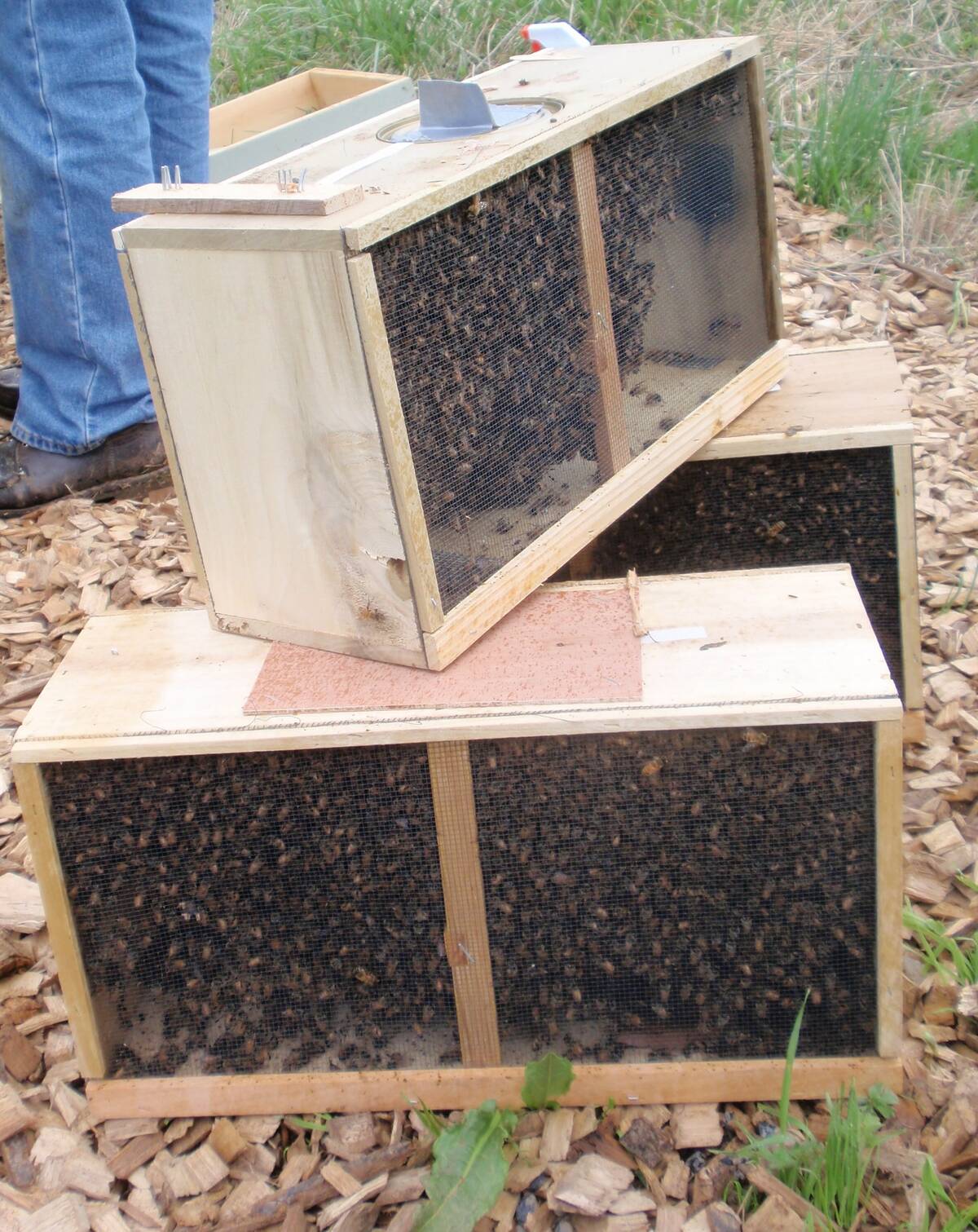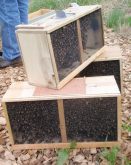The pandemic H1N1 flu virus was confirmed for the first time last Monday in a U.S. hog, which was exhibited at the Minnesota State Fair where four teenagers became sick, the Agriculture Department said.
USDA said the discovery does not suggest infection of commercial pig herds raised for slaughter. Health officials say the virus, originally known as swine flu, is not linked to meat products.
“People cannot get this flu from eating pork or pork products. Pork is safe to eat,” Agriculture Secretary Tom Vilsack said in a statement.
Read Also

Canadian beekeepers call for regulatory accountability
Beekeepers say the Canadian Food Inspection Agency should restore U.S. packaged bee shipments, claiming the agency isn’t following evidence.
Swine flu, common in hogs around the world, causes fever and coughing in pigs, which usually recover from the illness. The virus has been found in several herds in Canada.
The new H1N1 virus, which emerged in March and was declared a pandemic in June, is circulating the globe and is widespread among people in 41 U.S. states.
Vilsack said “we have fully engaged our trading partners to remind them” that livestock experts say there is no reason to restrict trade.
Seven countries, including China, already had bans in place against U.S. pork. Vilsack, who is scheduled to visit China on Oct. 28 and 29 for routine trade discussions, said he would urge China to end its restrictions on U.S. beef and pork.
“We certainly are concerned,” said Dave Warner of the National Pork Producers Council, about the potential of new bans.
Additional samples from the state fair are being tested, said USDA. Samples were taken from Aug. 26 to Sept. 1 as part of a research project that documents flu viruses in settings where people and hogs interact. USDA’s National Veterinary Services Laboratories used three tests to confirm the presence of the virus in a pig sample.
Detection in the hog at the state fair does not suggest commercial herds are infected, said USDA, because show pigs and commercial herds are separate parts of the swine industry and usually do not mix.
Minnesota State Fair, which ended Sept. 6, sent 120 teens home on Sept. 3 after four of them were diagnosed with the H1N1 virus. The teens were members of a performing arts group in 4-H.
On Friday, USDA said “information available at this time would suggest the children were not sickened by contact with the fair pigs.” It said the hogs appeared healthy when the samples were taken. A USDA source said it appeared some of the children handling the swine were showing signs of the flu.














